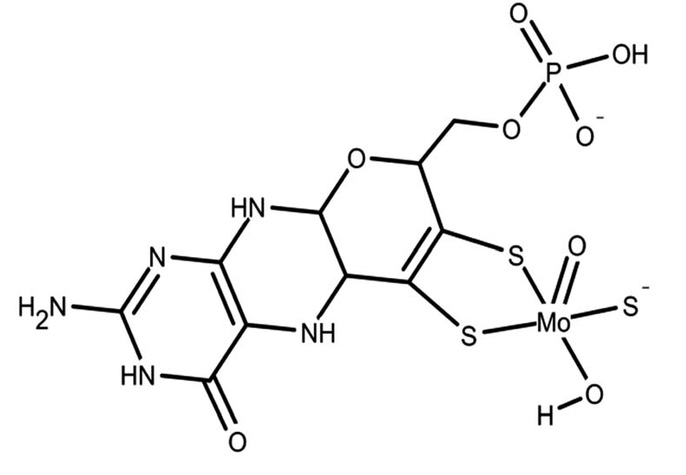Boron is required for all plant-growth. Adequate boron nutrition is critical for high-quality crops and increased yield. Boron is essential in the actively growing regions of plants, such as root tips and new leaf and bud development.
According to Redondo-Nieto, et al (2008), as in other plant tissues, boron is needed for the maintenance of nodule cell wall structure. Moreover, several symbiotic events including rhizobial infection, nodule cell invasion, and symbiosome development that involve membrane related functions (vesicle targeting, secretion, or cell surface interactions) are affected by boron deficiency.
Boron, legumes, and root development
Boron is an important micronutrient for the development of nitrogen-fixing root nodules in legumes.
In Figure 1 below, we see a comparison of pea root nodulation. Image A has received sufficient boron during nodule formation while Image B illustrates the absence of boron. Root nodules play host to rhizobia (symbiotic bacteria) that help with nitrogen uptake and conversion.
Image C is a schematic illustration of a boron-sufficient nodule tissue organization—indicating the apical meristem (m). By comparison, Image D is an illustration of highly disorganized, boron-deficient nodule structure with no clear development of different nodule tissues.

Figure 1: Effects of B on root nodule organogenesis in pea (Pisum sativum). Source: Redondo-Nieto, et al. 2008.
How molybdenum plays a role
Like boron, molybdenum is also an essential micronutrient. In studies by Kaiser, et al. (2005) and Naqib, et al. (2017), molybdenum is part of unique pterin complex called the molybdenum cofactor (Moco). Moco binds to molybdoenzymes such as the nitrogen-fixing enzyme nitrogenase in root nodules and nitrite reductase in vegetative tissue.
Molybdenum deficiency is often misdiagnosed as poor nitrogen health—especially when nitrate is the primary nitrogen source. Molybdenum deficiency affects plant metabolism at many levels because molybdoenzymes are involved in several different enzymatic processes.
Legumes have a higher demand for molybdenum because molybdoenzymes (nitrogenase) are essential for root nodule bacteria for nitrogen fixation.
 Figure 2: Structure of molybdopterin cofactor (Mirzaei, et al. 2016).
Figure 2: Structure of molybdopterin cofactor (Mirzaei, et al. 2016).
Do you have questions about how boron can help your legume crops? Contact one of our regional experts.
Resources
References
Kaiser B, Gridley K, Ngaire Brade J, Phillips T, Tyerman S. The Role of Molybdenum in Agricultural Plant Production. Annals of Botany. 96(5):745-754.
Mirzaei S, Taherpour A, Mohamadi S. (2016). Mechanistic study of allopurinol oxidation using aldehyde oxidase, xanthine oxidase and cytochrome P450 enzymes. RSC Advances. 6.
Naqib SA, Jahan MS. The Function of Molybdenum and Boron on the Plants. Journal of Agriculture Research 2017. 2(3): 136.
Redondo-Nieto M, Reguera M, Bonilla I, Luis Bolaños, L. 2008. Boron dependent membrane glycoproteins in symbiosome development and nodule organogenesis. Plant Signaling and Behavior. 3(5):298-300.